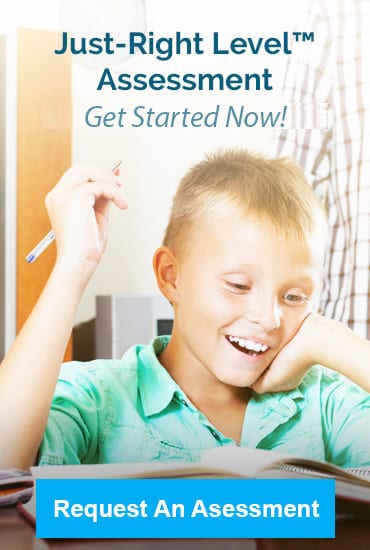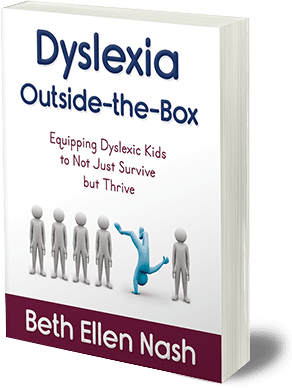Eye Tracking Exercises

Optimally functioning vision includes three layers that might need to be addressed: sight (eyesight or visual acuity), visual efficiency (eyes working together properly), and visual information processing.
A comprehensive vision exam with a developmental optometrist or ophthalmologist will assess visual efficiency, which includes how well the eyes:
- Fixate – look
- Follow – tracking
- Fuse – eye coordination
- Focus
Vision therapy might be recommended to help the six sets of eye muscles work together to make reading more comfortable which may include specific eye-tracking exercises, using eye patches, and other activities specific to the child’s needs. The College of Optometrists in Vision Development website, www.COVD.org, is the best source for finding a qualified developmental optometrist who can properly evaluate and provide eye-tracking exercises and other vision therapy to treat these kinds of vision challenges.
See It. Say It. Do It., by Dr. Lynn Hellerstein, outlines more fully the “Developmental Model of Vision” summarized above and is an excellent resource for information about developing visualization and visual processing skills.2 Another resource, Eyegames: Easy and Fun Visual Exercises, by occupational therapist Lois Hickman and optometrist Rebecca Hutchins, provides at-home eye-tracking exercises and other activities to improve vision. However, these activities alone are not sufficient if the child needs visual therapy.
For students who have already completed vision therapy or for whom tracking problems are less severe, Wings to Soar offers Reading Plus which includes left-to-right eye-tracking exercises and training to build fluency and stamina for reading as well as other aspects of reading skill development. We also offer MindPlay to build fluency.
Please also see the article on Visual Processing and Eye-Tracking Problems.



